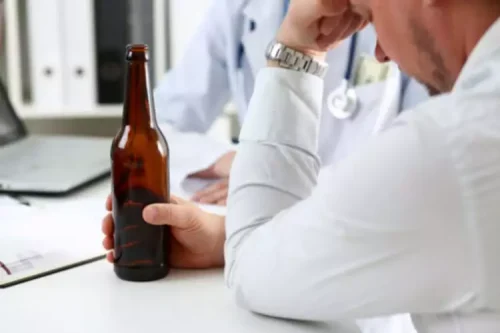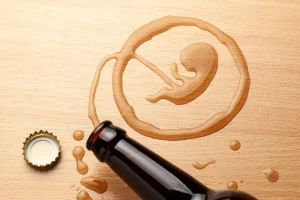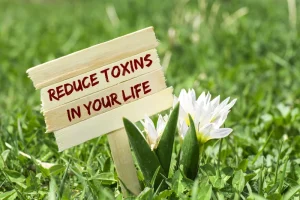6 Stages Of The Addiction Cycle: From Experimentation To Relapse

The changes can endure long after a person stops consuming alcohol, and can contribute to relapse in drinking. The medications work by binding to the brain’s opioid receptors to block cravings and withdrawal symptoms without causing a high in a person with an opioid use disorder. The relapse stage is sometimes included in the stages of change model, in recognition that a person might have some, or even many, small lapses, or even relapses—periods when the addictive behavior is taken up again—before maintenance is achieved. Precontemplation is the first stage in the stages of change model of addiction and behavior change. People in the precontemplation stage typically do not consider their behavior to be a problem.
The recovery process
What was once occasional becomes regular, and use may increase in both frequency and quantity. The individual might still maintain some control over their use, but warning signs may begin to appear, such as neglecting responsibilities or experiencing mood swings.
What are the five addiction stages?
- Then we need more on repeated use, just to feel a the marginal pleasure boost – and, eventually, just to feel “normal.”
- An example of positive social reinforcement is peer approval after peer pressure to try a substance.
- Therapeutic interventions are essential in the treatment of addiction, offering a pathway to recovery that addresses both the psychological and physiological components of the condition.
- In these cases, the body’s adaptive mechanisms reduce the drug’s impact over time, which can lead to higher consumption levels as the user tries to recapture the drug’s initial effects signaling a dependence on the drug.
- The relative influence of these risk and protective factors varies across individuals and the lifespan.
- The changes can endure long after a person stops consuming alcohol, and can contribute to relapse in drinking.
The loss of coverage also affects access to other types of health care, potentially forcing patients to make risky trade-offs. Other studies find the risk of overdose and death increases when such treatment is interrupted. She panicked, afraid that a disruption in care would trigger debilitating withdrawal symptoms like vomiting, fever, cramps, joint pain and tremors.

The Primary Brain Regions Involved in Substance Use Disorders
Interwoven genetic and environmental factors drive the changes found on a molecular level during the addiction cycle. The enzymes responsible for the metabolization of specific addictive substances also contribute https://ecosoberhouse.com/ to the genetic risk of addiction. This contribution is seen in individuals with genetic polymorphisms affecting alcohol metabolism. The third stage of the addiction cycle is the preoccupation/anticipation stage.
- Substances and certain activities affect your brain, especially the reward center of your brain.
- The signature of this phase is a preoccupation with using the substance, known as “cravings.” The prefrontal cortex (PFC) is the brain region primarily involved in the preoccupation/anticipation stage.
- It’s common for a person to relapse, but relapse doesn’t mean that treatment doesn’t work.
- Sometimes it takes a moment of clarity, a wake-up call, or the intervention of loved ones to pierce through the fog of denial and see the reality of the situation.
Among the most effective therapeutic strategies is Cognitive Behavioral Therapy (CBT), widely used due to its strong empirical support. CBT helps individuals in addiction treatment to identify and challenge negative thought patterns, develop cycle of addiction coping strategies, and alter behaviors that contribute to their substance use. A survey of US treatment facilities found that 94% of program administrators report the use of CBT, underscoring its prevalence in addiction recovery programs.

The Role Medication-Assisted Treatment Breaking the Cycle of Addiction
The brain is made of an estimated 86 billion nerve cells—called neurons—as well as other cell types. The axon extends out from the cell body and transmits messages to other neurons. Dendrites branch out from the cell body and receive messages from the axons of other neurons. Behavior therapy is a type of psychotherapy provided by a psychologist, psychiatrist, or alcohol and drug counselor. Withdrawals from different categories of drugs produce various side effects and require separate approaches.
Mental Health of Chilean Youth Worsened During Pandemic, Study Reveals

